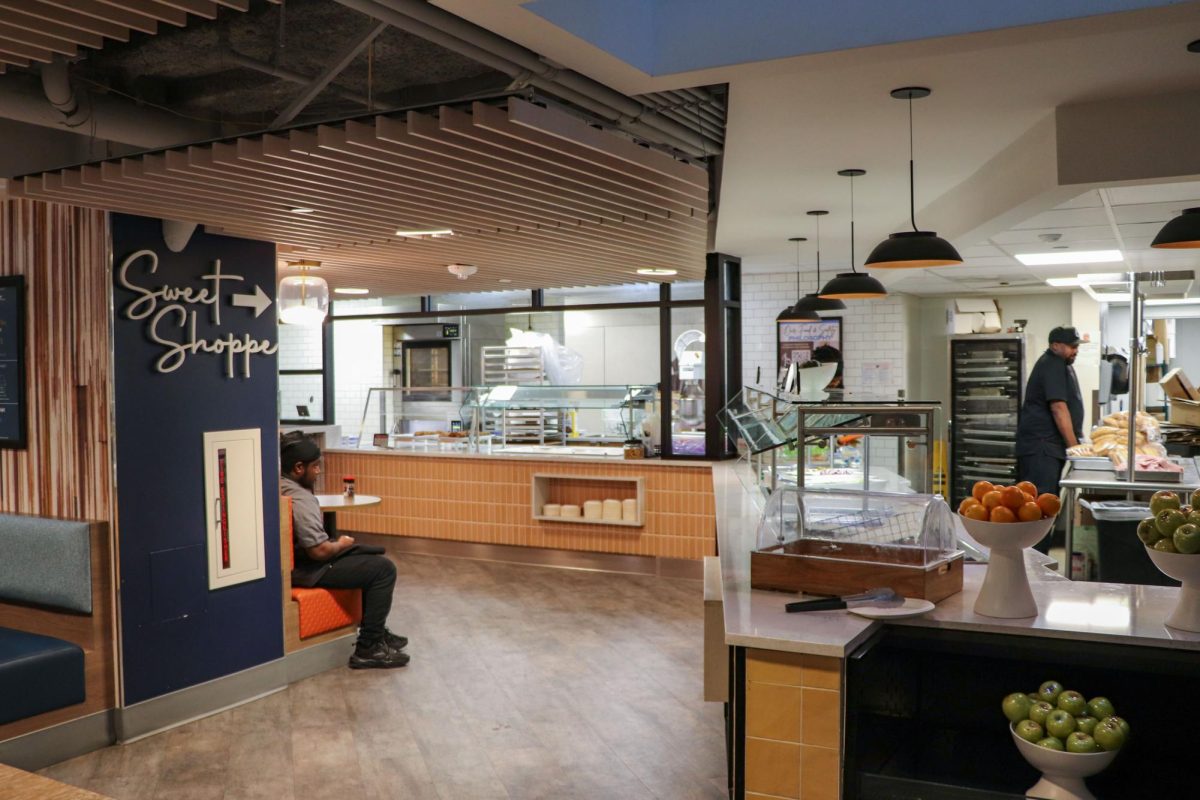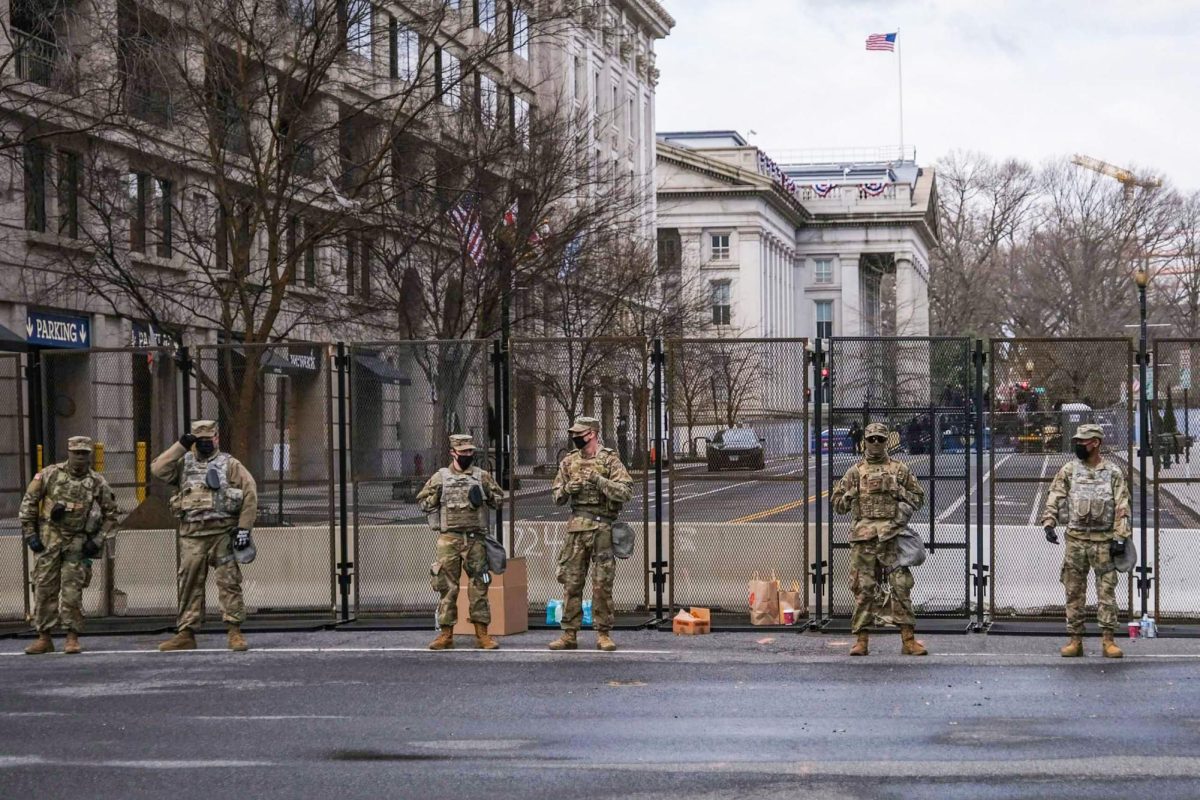A cycling organization this month launched a new crash tracker and reporting form that aims to gather more data on traffic accidents and close calls in the District.
The Washington Area Bicyclist Association’s form allows respondents to report crashes, dangerous locations, dangerously parked vehicles and near misses for bicyclists, pedestrians, scooters and motorized vehicles. The form’s submissions are meant to improve road safety after D.C. experienced a 16-year high of 52 traffic fatalities in 2023, including 11 in Ward 2, after deaths dipped in 2022, according to District Department of Transportation data.
WABA previously had a crash tracker and reporting form, but the old version wasn’t accessible or easy for young people to use, WABA Advocacy Director Jeremiah Lowery said in a December 2022 interview with the Washington Post. The new form is more phone-friendly and allows users to pinpoint incidents on a map and share their information with their local representatives and department of transportation, according to website archives.
Lowery said the tool is the only one in the region that gives respondents the ability to report near misses and send their reports to their local representatives and department of transportation.
There have been 10 traffic fatalities and 61 major injuries in the District as of March 24 this year, nine of which occurred in Ward 2, according to DDOT data. Three minor injuries involving pedestrians, two minor injuries involving vehicle drivers and one major injury of a vehicle driver on the 2200 Block of F Street on Feb. 8 took place on the Foggy Bottom Campus this year.
Christy Kwan, the volunteer co-chair for DC Families for Safe Streets, said the data the form will provide is valuable because some people don’t feel safe going to the government to report traffic incidents. She said she hopes the near-miss reporting function can identify risky areas before a traffic incident happens, hopefully preventing deaths and major injuries.
“Many of us who have been involved with Safe Streets work because either we lost a loved one or someone was injured,” Kwan said. “We find that we wish we had known ahead of time that certain intersections or quarters were dangerous.”
Launched in 2014, D.C. Mayor Muriel Bowser’s Vision Zero program pledged to end all traffic fatalities and serious injuries in the District by 2024 by identifying and addressing vulnerable aspects of the city’s transportation network. Traffic fatalities have increased since then, and an audit by the D.C. Office of the Chief Financial Officer last March found that Vision Zero failed because it lacked adequate funding and staffing.
Kwan said officials could make the area around the Foggy Bottom Campus safer for cyclists by working to slow down vehicles, including by shrinking the size of lanes and penning legislation to allow vehicular technology that prevents repeat speeding offenders from surpassing the speed limit.
She cited the deaths of Shawn O’Donnell, a 40-year-old woman killed by a construction truck on the corner of 21st and I streets in July 2022, and Nijad Huseynov, a graduate student who was struck and killed in October by the driver of a car while biking through the intersection of Connecticut Avenue and L Street, as evidence that greater Foggy Bottom is unsafe for bicyclists.
“I don’t like saying that because I want people to find the joy in biking, to find the joy in going through a walkable environment,” Kwan said.
Prior to their deaths, residents expressed safety concerns about the intersections where O’Donnell and Huseynov were killed. Nine days after O’Donnell was killed, officials installed a traffic signal at the corner of 21st and I streets that experts said could have prevented her death — four years after local leaders first urged improved safety infrastructure at the intersection. Participants in a memorial for Huseynov said there had been concerns that the intersection where he was killed was unsafe for cyclists because of vehicles drifting into the bike lane while turning left.
Lowery said the data from the crash tracking and reporting tool, especially the near-miss incidents that government forms don’t allow people to report, will improve WABA’s advocacy for safer transportation by preventing incidents before they occur. He said the ability of respondents in the form to pass their information along to their elected officials is particularly helpful for advocacy.
“Our tool is the only tool in the region that does that,” Lowery said.
DDOT collects data on reported traffic incidents like their location, mode of travel, impact on those involved and if speeding was involved to determine what areas of the District need more traffic safety features.
Lowery said WABA has already received “hundreds” of responses to the form, including from within Foggy Bottom. He said “a lot” of the reports in Foggy Bottom report vehicles like delivery vehicles parked in bike lanes.
“We just got to find a way to ensure people are still able to deliver things, but at the same time keep our bikers safe,” Lowery said.
First-year Matthew Volfson, the president of the GW Biking Club, said he predicts that the data from the tracking and reporting tool will show that there are more traffic incidents involving cyclists on roads where there are no bike lanes. He said he hopes the data influences officials to create more bike-friendly infrastructure like bike lanes.
Volfson said it is concerning that many areas of campus lack protection for bicyclists like bike lanes, including next to Shenkman Hall and the intersection of Virginia Avenue and G Street, where he said a car almost hit him around November when he tried to cross the “large” intersection from Virginia Avenue to G Street.
“This tracker is very important to support the case for investment in more bike lanes,” Volfson said.





